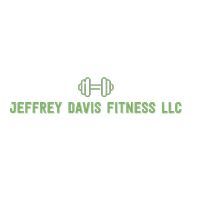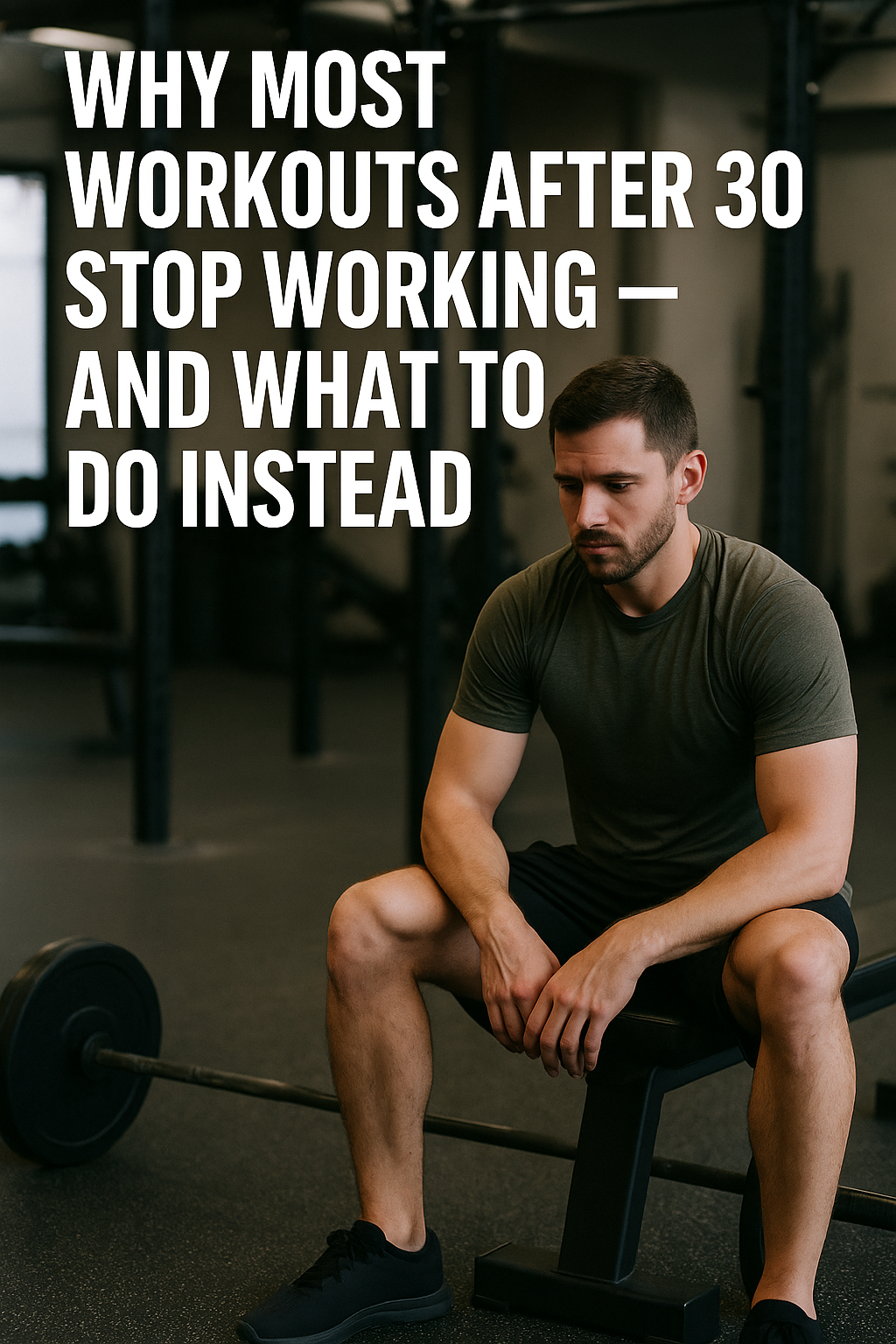How to Overcome Fitness Plateaus and Keep Making Progress
Hitting a fitness plateau can be frustrating and demotivating. You've been working hard, staying committed to your workouts, and making progress, but suddenly, it feels like you've hit a wall. Don't worry; hitting a plateau is a common experience for many fitness enthusiasts. The good news is that there are strategies you can implement to overcome this roadblock and keep making progress. In this blog post, we'll explore how to overcome fitness plateaus and continue on your journey towards your fitness goals.
1) Assess Your Current Routine
The first step in overcoming a fitness plateau is to assess your current workout routine. Take a closer look at your exercises, intensity, frequency, and duration. Are you doing the same exercises over and over? Are you pushing yourself enough during your workouts? It might be time to switch things up and challenge your body in new ways.
2) Set New Goals
Setting new goals is essential to overcome a fitness plateau. Goals give you something to strive for and keep you motivated. Assess your current goals and consider setting new ones that are specific, measurable, achievable, relevant, and time-bound (SMART goals). Having clear goals will help you stay focused and committed to your fitness journey.
3) Vary Your Workouts
One reason for hitting a plateau is your body's adaptation to your routine. To keep progressing, introduce variety into your workouts. Try different exercises, change the order of your exercises, incorporate new equipment or training methods, or experiment with different workout styles like circuit training or plyometrics. By constantly challenging your body with new stimuli, you can break through plateaus and make continuous progress.
4) Increase Intensity
If you've been stuck at the same level of intensity for a while, it's time to step it up. Increasing the intensity of your workouts can help you break through plateaus and stimulate new adaptations. You can increase intensity by lifting heavier weights, adding resistance bands, shortening rest periods, incorporating interval training, or trying advanced variations of exercises. Just make sure to progress gradually and listen to your body to avoid injury.
5) Prioritize Recovery and Rest
Sometimes, hitting a plateau is a sign that your body needs adequate rest and recovery. Overtraining can hinder your progress and lead to burnout. Ensure you're giving yourself enough time to rest and recover between workouts. Get plenty of quality sleep, eat nutritious meals, and consider incorporating active recovery days into your routine, such as yoga or light cardio.
6) Track Your Progress
Tracking your progress is crucial to stay motivated and overcome plateaus. Keep a workout journal or use a fitness app to record your workouts, measurements, and achievements. Reviewing your progress over time can help you identify patterns, track improvements, and make necessary adjustments to your routine.
7) Seek Professional Guidance
If you've tried various strategies and still can't overcome your plateau, consider seeking professional guidance. A certified personal trainer or fitness coach (like Jeffrey Davis Fitness) can provide personalized advice, assess your form and technique, and create a tailored plan to help you break through your plateau.
Remember, overcoming a fitness plateau requires patience, persistence, and a willingness to try new approaches. By reassessing your routine, setting new goals, varying your workouts, increasing intensity, prioritizing recovery, tracking progress, and seeking guidance when needed, you'll be well-equipped to overcome plateaus and continue making progress towards your fitness goals. Stay committed, stay positive, and embrace the journey of constant improvement.











